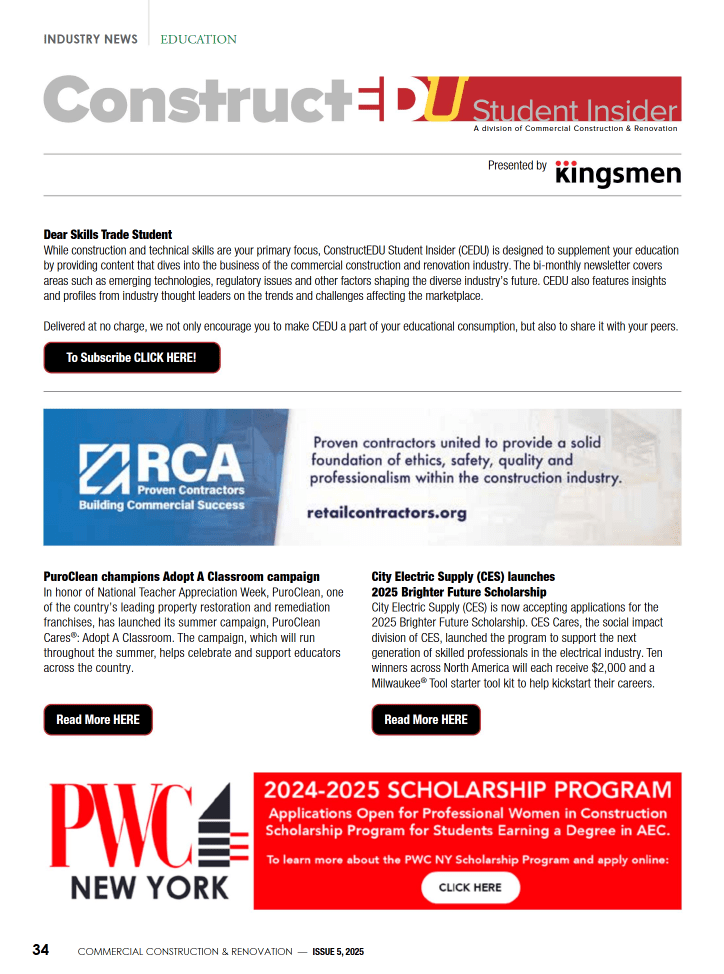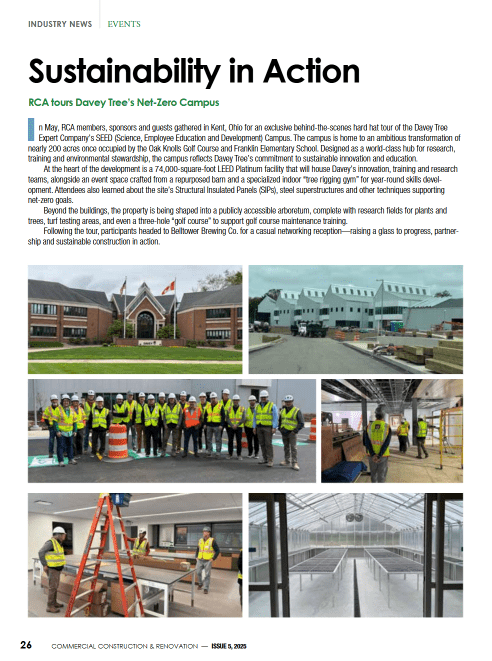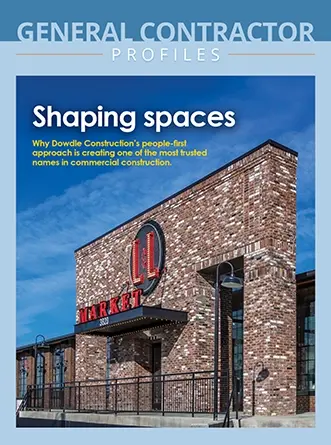Construction employment grew in 281, or 78 percent, out of 358 metro areas between October 2017 and October 2018, declined in 43 and was unchanged in 34, according to a new analysis of federal employment data released today by the Associated General Contractors of America. Association officials cautioned that such widespread employment gains might not continue without policy changes to increase the supply of qualified workers.
The Houston-The Woodlands-Sugar Land, Texas metro area added the most construction jobs during the past year (25,600 jobs, 12 percent). Other metro areas adding a large amount of construction jobs during the past 12 months include Phoenix-Mesa-Scottsdale, Ariz. (16,700 jobs, 14 percent); Dallas-Plano-Irving, Texas (13,100 jobs, 9 percent); and Orlando-Kissimmee-Sanford, Fla. (11,700 jobs, 16 percent). The largest percentage gain occurred in Midland, Texas (25 percent, 7,200 jobs), followed by New Bedford, Mass. (22 percent, 600 jobs); Weirton-Steubenville, W.Va.-Ohio (21 percent, 400 jobs); and Lewiston, Idaho-Wash. (20 percent, 300 jobs).
The largest job losses between October 2017 and October 2018 occurred in Middlesex-Monmouth-Ocean, N.J. (-3,900 jobs, -10 percent), followed by Baltimore-Columbia-Towson, Md. (-2,100 jobs, -3 percent); Sacramento–Roseville–Arden-Arcade, Calif. (-1,500 jobs, -2 percent); Camden, N.J. (-1,100 jobs, -5 percent) and Spokane-Spokane Valley, Wash. (-1,100 jobs, -8 percent). The largest percentage decrease occurred in Middlesex-Monmouth-Ocean, followed by Laredo, Texas (-10 percent, -400 jobs), Spokane-Spokane Valley and Charleston, W.Va. (-7 percent, -500 jobs).
The association noted that construction job openings at the end of September jumped 55 percent from a year earlier to 278,000, the highest September level in the series’ 18-year history. Meanwhile, the unemployment rate for construction workers fell to 3.6 percent in October, the lowest October rate since that series began in 2000.
Association officials said the steep increase in job openings and the record low unemployment rate in construction show the need for policy measures to increase the supply of workers. They urged government officials to modernize and double funding for career and technical education over the next five years and enact immigration reforms that would enable construction employers to bring in foreign workers when there are not enough locally available construction workers.
View the metro employment rankings, top 10, history and map.





























